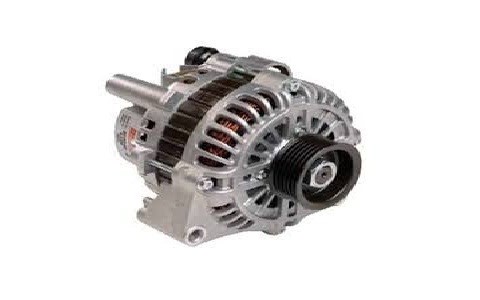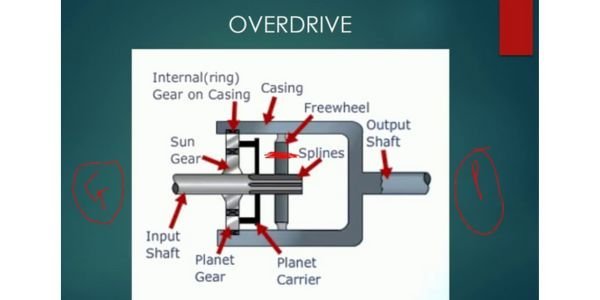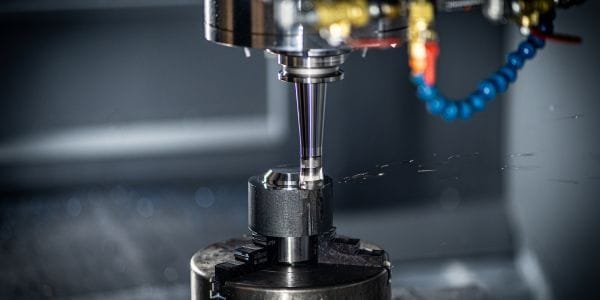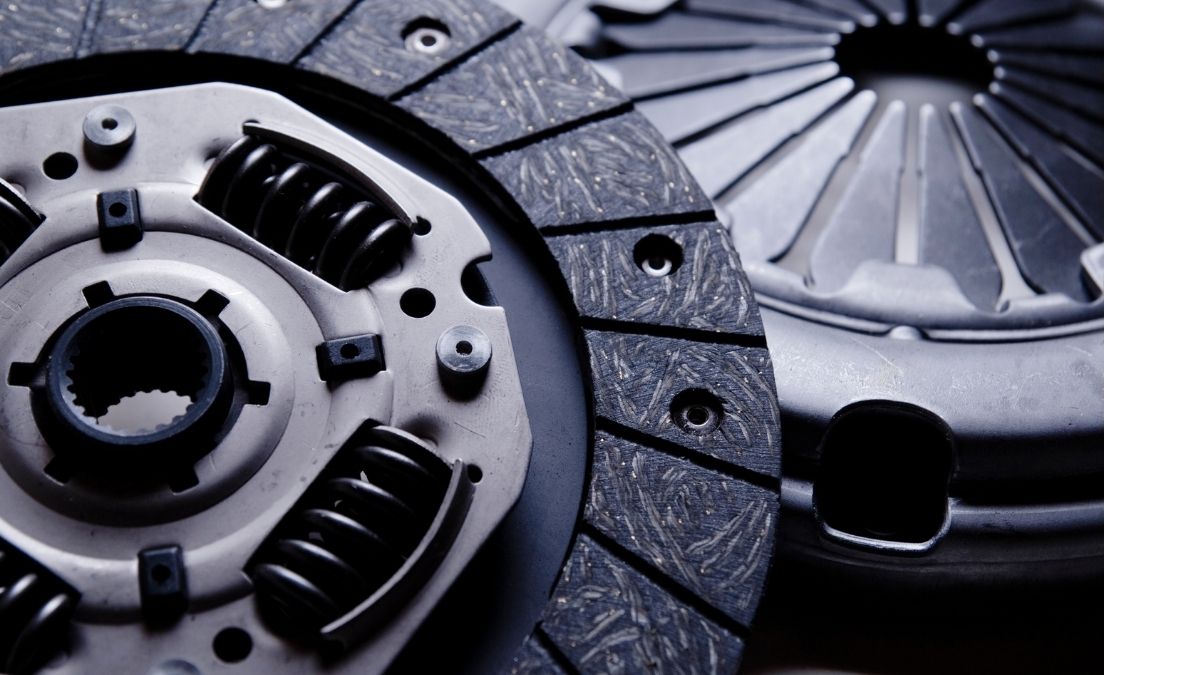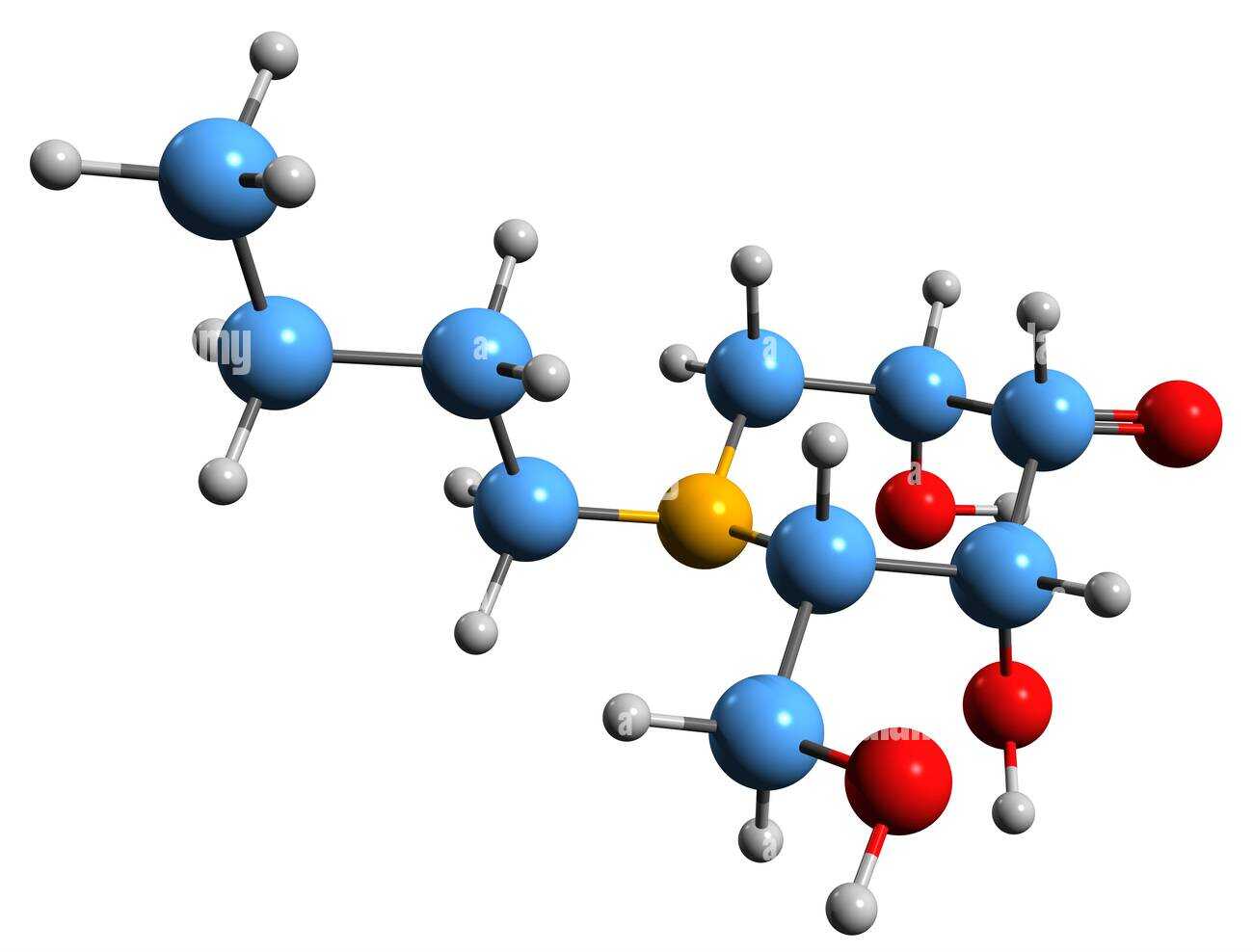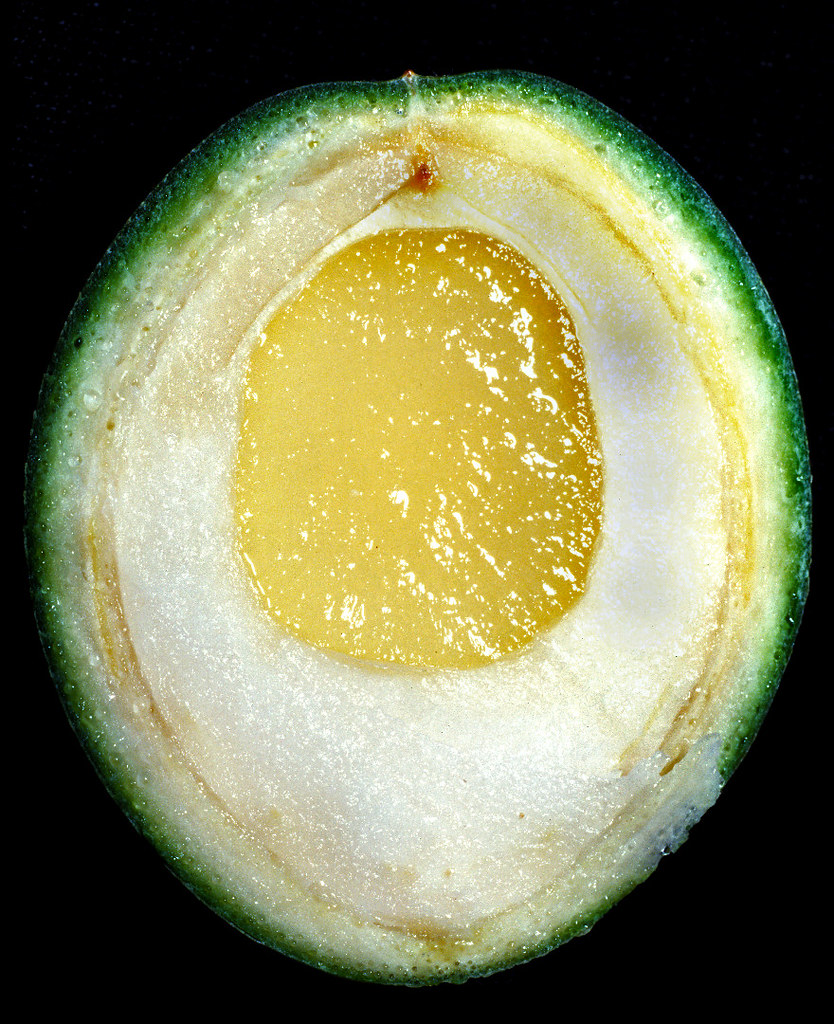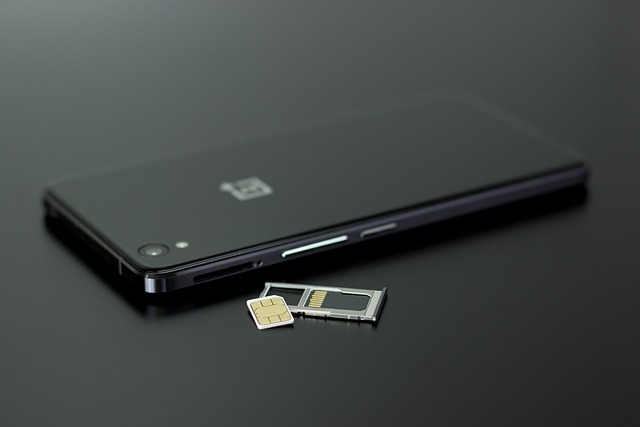Table of Contents
Flipping a coin is universally known as a method of settling disputes, making decisions, and selecting between two equally desirable or undesirable options. It’s typically viewed as a method providing a 50/50 chance of obtaining either heads or tails, ensuring an unbiased and fair resolution. However, some might be curious if it’s possible to manipulate this chance and “win” a coin toss more frequently.
Mechanics of a Coin Flip
When a coin is flipped, it undergoes a motion known as tumbling, rotating along its axis. This motion is governed by the laws of physics, and the variables involved are the initial position, angle, force, and spin applied, air resistance, and the landing surface. In theory, if you can control all these variables, you could predict or even determine the outcome of a coin flip. However, in practical terms, these variables are extremely difficult, if not impossible, to control consistently.
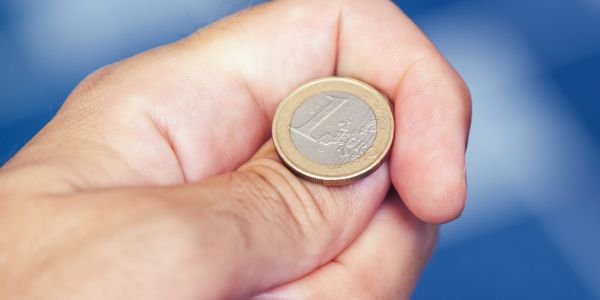
Theoretical Manipulation
1. Force and Spin
The amount of force and spin applied to the coin can theoretically influence how many times it will rotate before landing. By practicing a consistent flipping motion, one might theoretically increase the likelihood of obtaining a desired outcome.
2. Initial Position and Angle
The initial position and angle of the coin before it is flipped may also have a negligible influence on the outcome. By maintaining a consistent position and angle, it is conjectured that one can make the outcome more predictable.
3. Landing Surface
A soft landing surface might give the coin a chance to continue its rolling or spinning motion, which can theoretically change the outcome that appeared imminent when the coin first touched down.
Real-world Scenarios
In real-world scenarios, flipping a coin is largely considered a game of chance due to the myriad uncontrollable and variable factors involved. For instance, even slight variations in the force applied or a mild breeze can significantly alter the trajectory and final resting place of the coin.
1. Biases in Coins
Some argue that coins could have imperceptible biases due to uneven weight distribution or wear. While this is plausible, the difference is generally minimal and unlikely to significantly impact the outcomes over a small number of flips.
2. Human Factor
Humans are not machines and cannot replicate the exact conditions of a coin flip each time. The minor discrepancies in each flip make consistently predicting the outcome virtually impossible.

Ethical Considerations
Attempting to manipulate a coin toss to “win” violates the principle of fairness inherent to the method. The whole premise of a coin toss is to provide an impartial way of making decisions, and any attempts to bias this process could be considered deceitful and dishonest.
While in theory, there are variables in a coin flip that, if controlled precisely, could allow someone to predict or influence the outcome, the practicality of doing so in real-world scenarios is virtually nil. The inherent variability and uncontrollability of the relevant factors render the coin flip a game of chance, and any deviations from a 50/50 outcome are likely due to randomness rather than manipulation.
Lastly, even entertaining the idea of influencing a coin toss undermines the spirit of fairness and impartiality associated with this time-honored decision-making tool. Keep coin flips fun, fair, and unbiased.
Also, read Google Cloud’s Next Agenda


